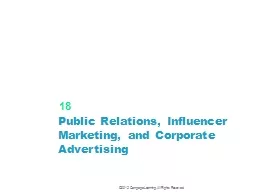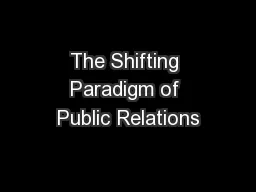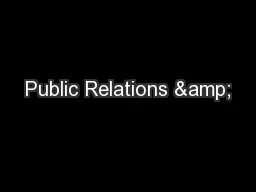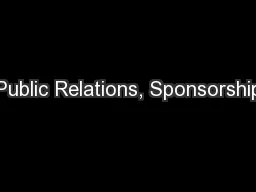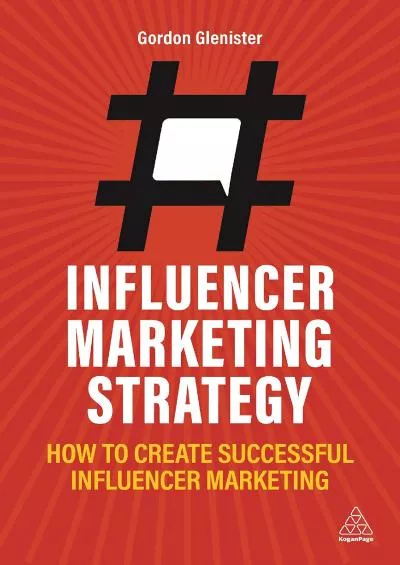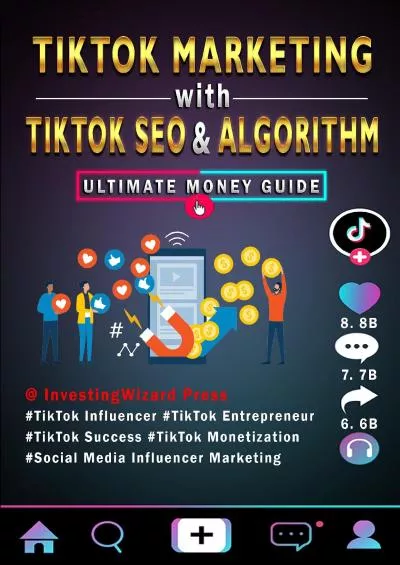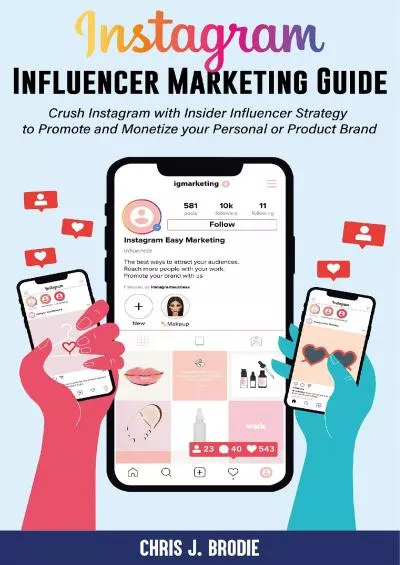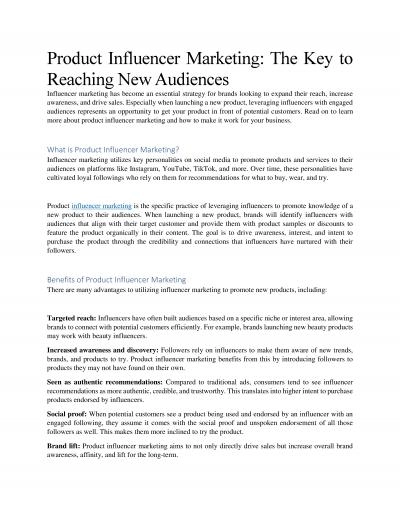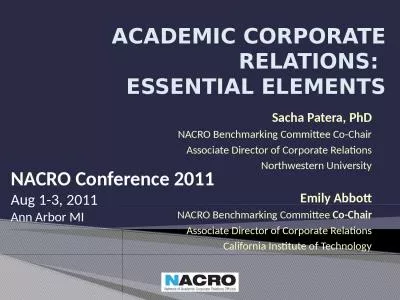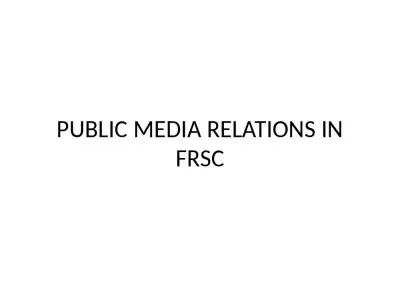PPT-Public Relations, Influencer Marketing, and Corporate Adver
Author : alexa-scheidler | Published Date : 2015-11-02
18 2012 Cengage Learning All Rights Reserved Introductory Scenario Bring on the Buzz Procter amp Gamble creates buzz for Charmin Enjoy the Go Campaign A dozen
Presentation Embed Code
Download Presentation
Download Presentation The PPT/PDF document "Public Relations, Influencer Marketing, ..." is the property of its rightful owner. Permission is granted to download and print the materials on this website for personal, non-commercial use only, and to display it on your personal computer provided you do not modify the materials and that you retain all copyright notices contained in the materials. By downloading content from our website, you accept the terms of this agreement.
Public Relations, Influencer Marketing, and Corporate Adver: Transcript
Download Rules Of Document
"Public Relations, Influencer Marketing, and Corporate Adver"The content belongs to its owner. You may download and print it for personal use, without modification, and keep all copyright notices. By downloading, you agree to these terms.
Related Documents

